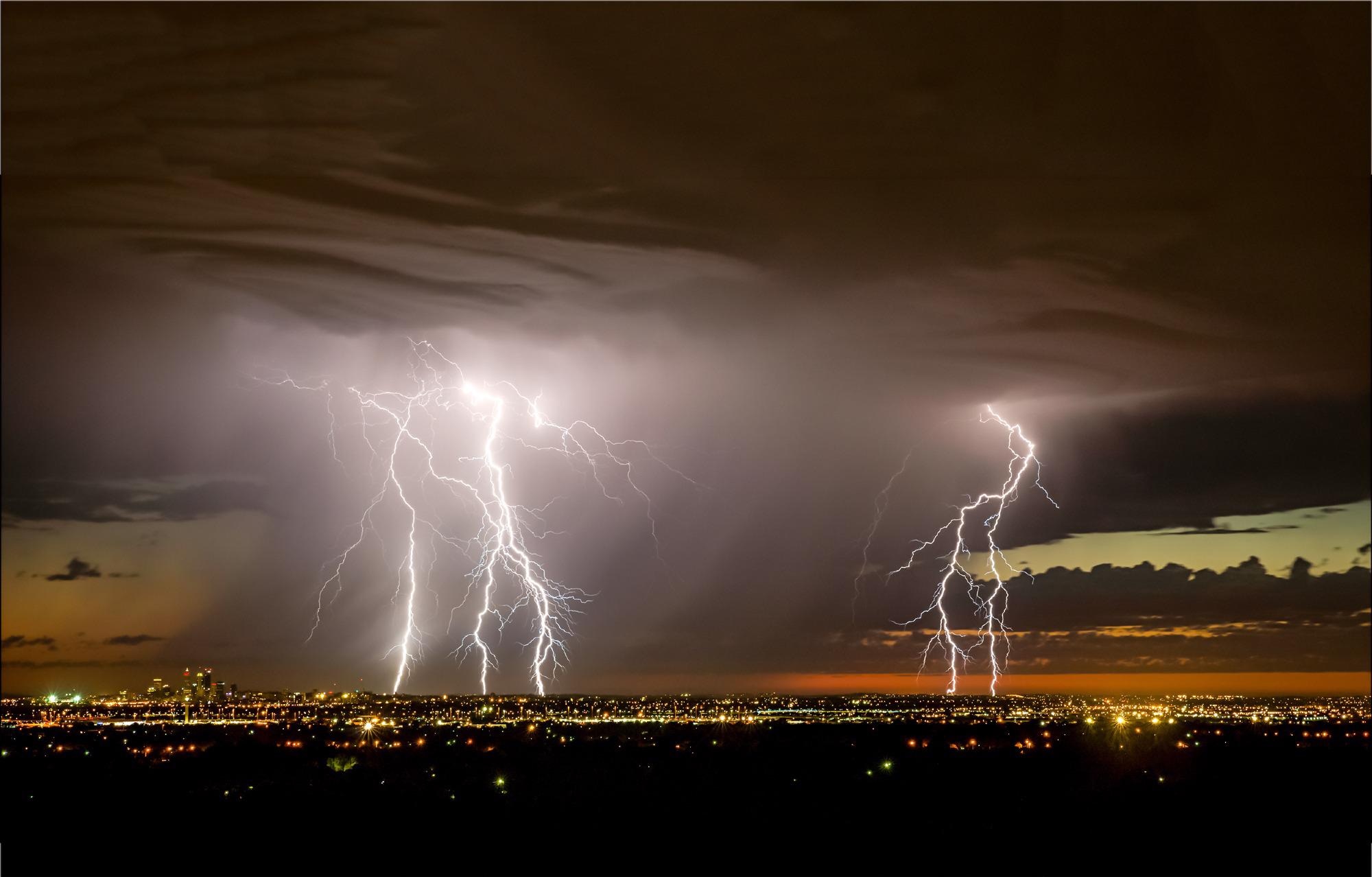Apr 6 2021
Back in 2019, the National Weather Service in Alaska had reportedly detected the first-familiar lightning strikes within 300 miles of the North Pole.

Image Credit: Rusya007/shutterstock.com
Although lightning strikes are virtually unheard of above the Arctic Circle, a research team headed by scientists from the University of California, Irvine (UCI) has published a new study in the Nature Climate Change journal, describing how Arctic lightning strikes are likely to increase by around 100% across northern lands toward the end of the century as the climate continues to warm.
We projected how lightning in high-latitude boreal forests and Arctic tundra regions will change across North America and Eurasia. The size of the lightning response surprised us because expected changes at mid-latitudes are much smaller.
Yang Chen, Study Lead and Research Scientist, Department of Earth System Science, University of California, Irvine
These findings provide a glimpse into the changes that may occur in the Arctic as the Earth continues to warm. They indicate that Arctic weather reports at the time of summer months will be closer to those observed today far to the south, where lightning strikes are known to be more common.
James Randerson, a professor in the Department of Earth System Science at UCI and who co-authored the study, was part of a NASA-headed field campaign that investigated the occurrence of wildfire in Alaska during 2015, which was an adverse year for wildfires in this state.
2015 was an exceptional fire year because of a record number of fire starts. One thing that got us thinking was that lightning was responsible for the record-breaking number of fires.
James Randerson, Study Co-Author and Professor, Department of Earth System Science, University of California, Irvine
This made Chen investigate more than 20-year-old NASA satellite information on lighting strikes in northern areas and build a link between the climatic factors and flash rate.
By applying upcoming climate projections from various models utilized by the United Nations, the researchers predicted a considerable increase in lightning strikes because of more powerful thunderstorms and increased atmospheric convection.
A lightning strike bump is likely to open a Pandora’s box of associated problems. According to Randerson, fires burn away shrubs, mosses and short grasses that are significant components of Arctic tundra ecosystems.
These plants cover most of the landscape, and importantly, they prevent the tree seeds from taking root in the soil.
But after a fire burns away low lying plants, the tree seeds can grow more easily on bare soil, enabling forest stands to extend north. Evergreen forests will substitute the so-called snow-covered landscape.
The white hue of the snow reflects solar light back into space; however, darker forests tend to absorb sunlight, which allows them to warm the area even more.
And there are more problems: more fires translate to more permafrost, that is, repeatedly frozen soil that defines most of the Arctic landscape will melt as the fires remove the protective insulative layers of dead organic matter and moss that keep soils cool.
Permafrost preserves plenty of organic carbon that—if melted out of the ice—will change into greenhouse gases, such as methane and carbon dioxide, which will fuel even more warming if discharged.
The findings on lightning storms are the outcome of another research work that explains how increased Arctic warming and the melting of the Greenland ice sheet will disrupt food webs in the surrounding oceans. This study was headed by Randerson and was published in the Journal of Geophysical Research on Monday, April 5th, 2021.
According to Both Chen and Randerson, researchers should start to pay more attention to the frequency of Arctic lightning storms so that they can determine how this turns out in the near future.
This phenomenon is very sporadic, and it's very difficult to measure accurately over long time periods. It's so rare to have lightning above the Arctic Circle. Their results, he hopes, will galvanize calls for new satellite missions that can monitor Arctic and boreal latitudes for lightning strikes and the fires they might ignite.
James Randerson, Study Co-Author and Professor, Department of Earth System Science, University of California, Irvine
Early in 2019, the National Weather Service in Alaska made a special announcement regarding the lightning strikes in the North Pole, and such announcements may make headlines toward the end of the century.
The study was financially supported by the U.S. Department of Energy Office of Science, NASA’s Interdisciplinary Science and Carbon Monitoring System programs, and DOE’s Next Generation Ecosystem Experiment Arctic project.
The project also involved scientists from the University of California, Berkeley, Lawrence Berkeley National Laboratory, Harvard University and Vrije Universiteit Amsterdam.
Journal Reference:
Chen, Y., et al. (2021) Future increases in Arctic lightning and fire risk for permafrost carbon. Nature Climate Change. doi.org/10.1038/s41558-021-01011-y.